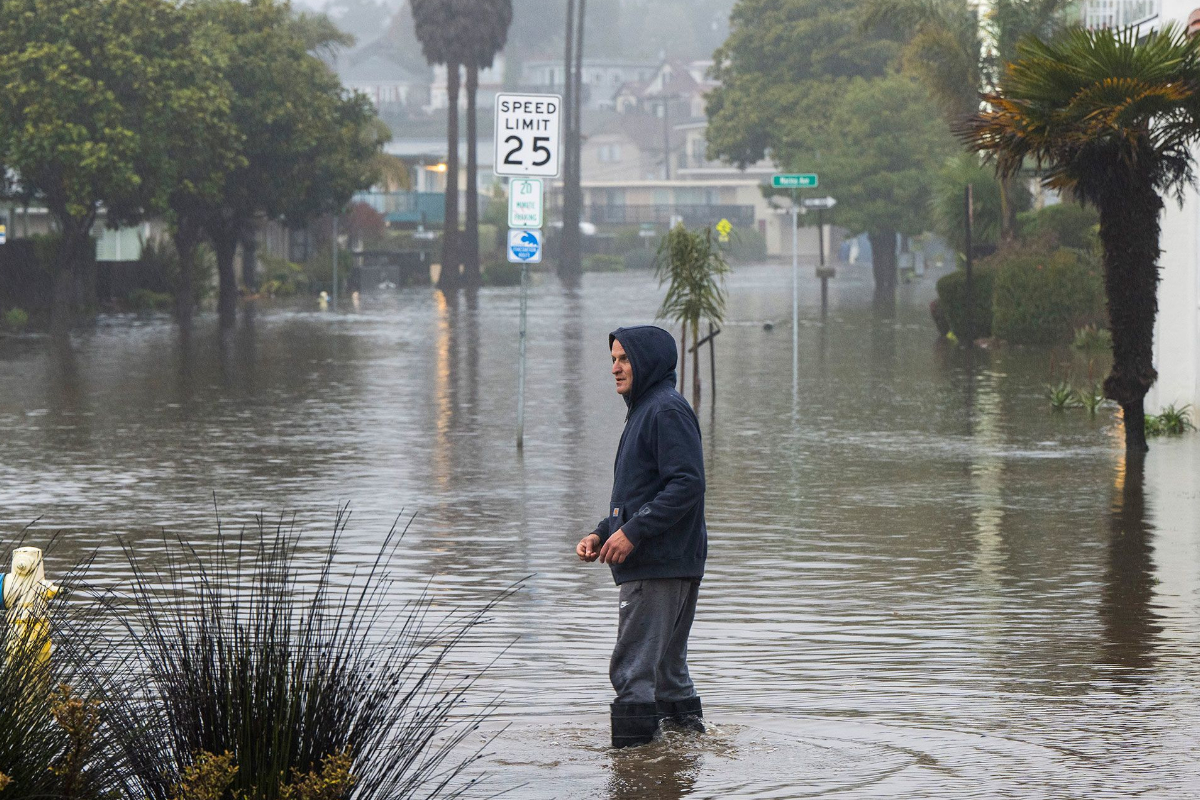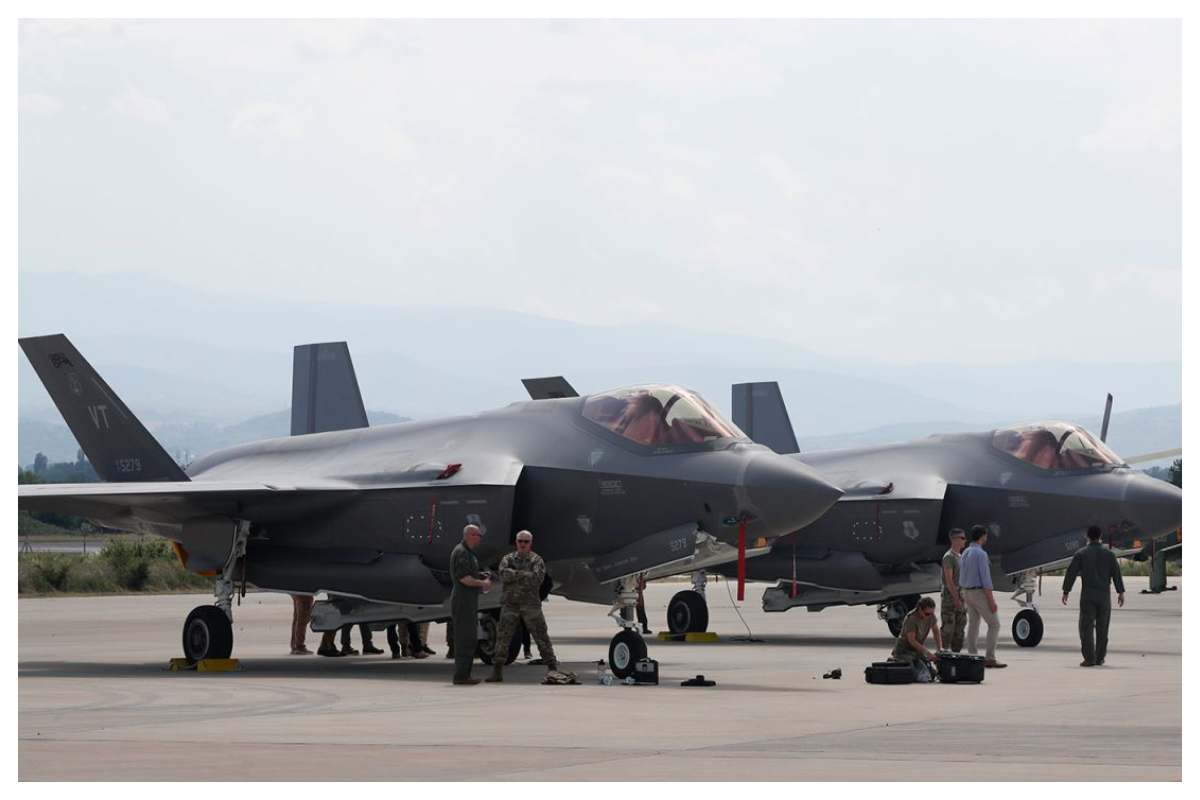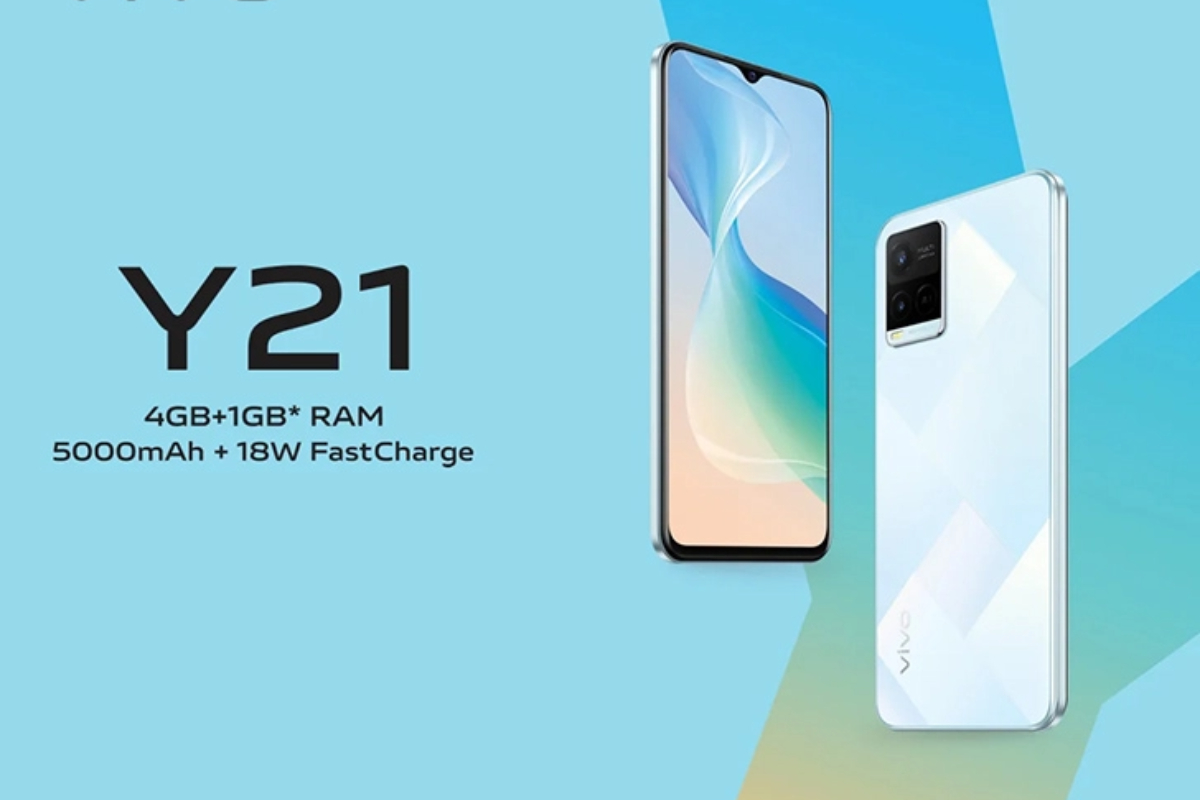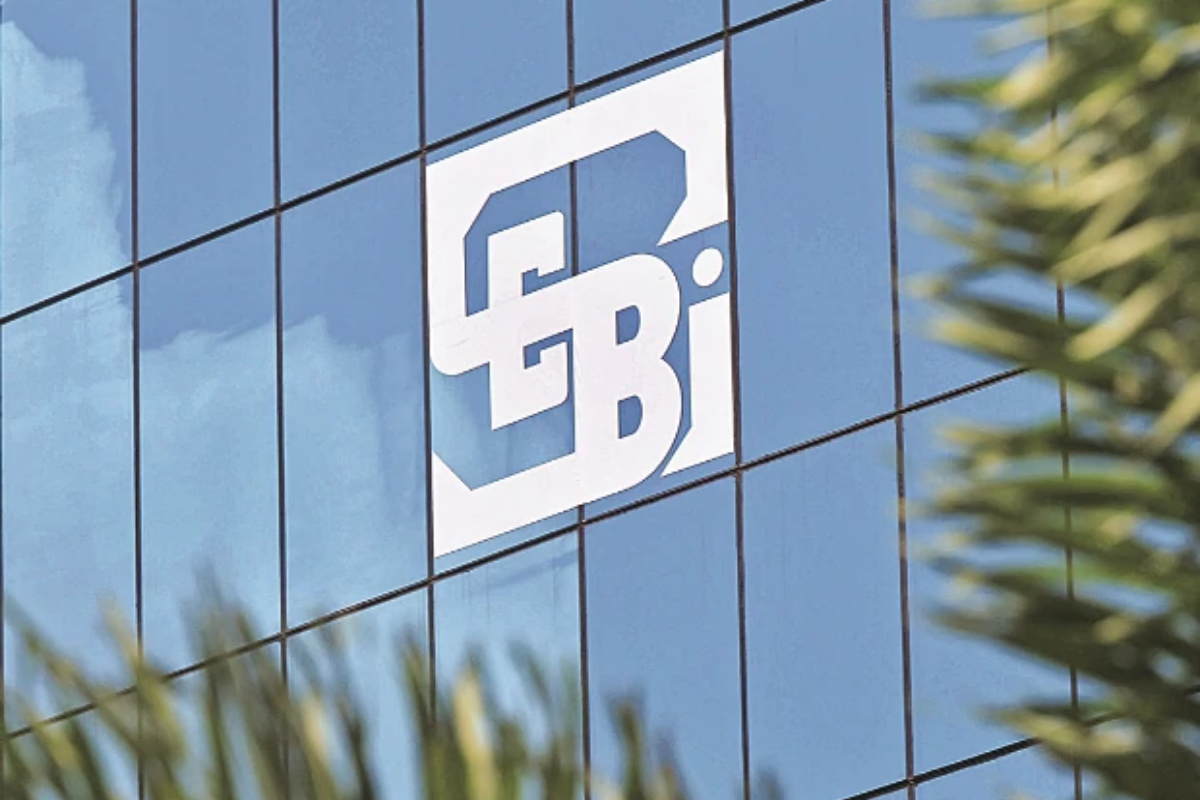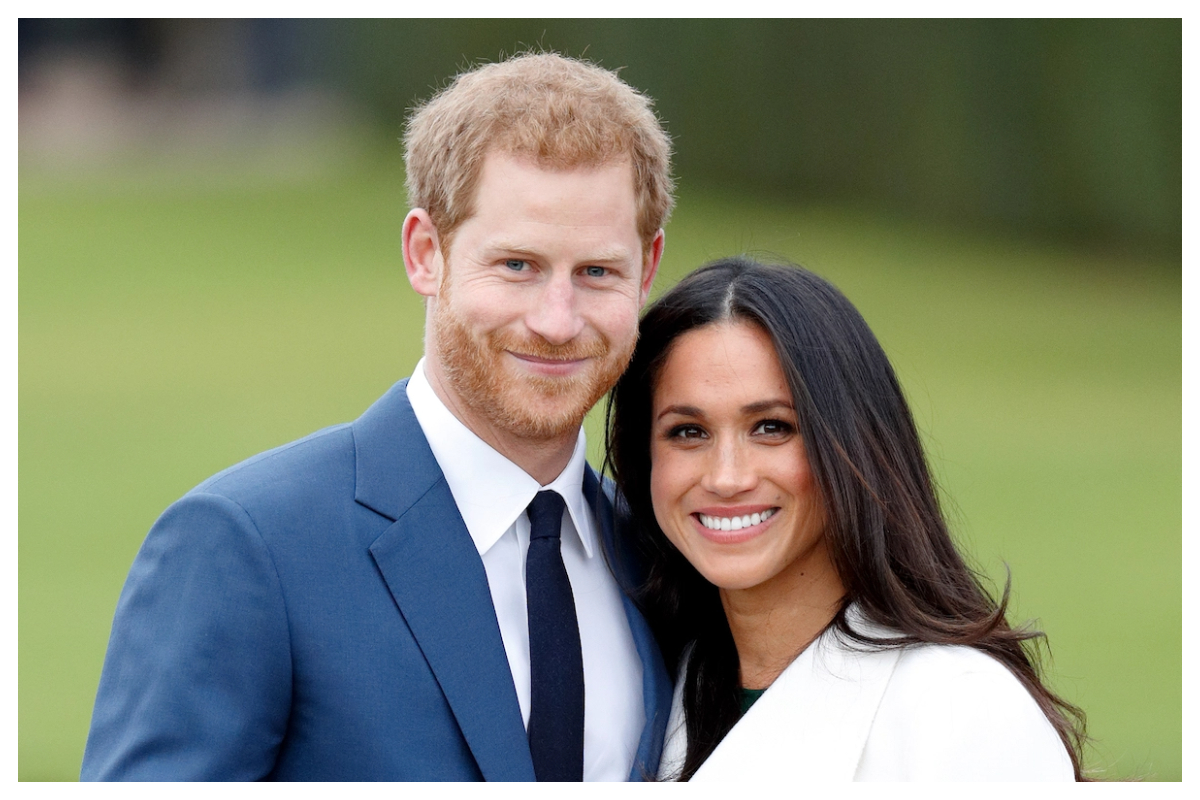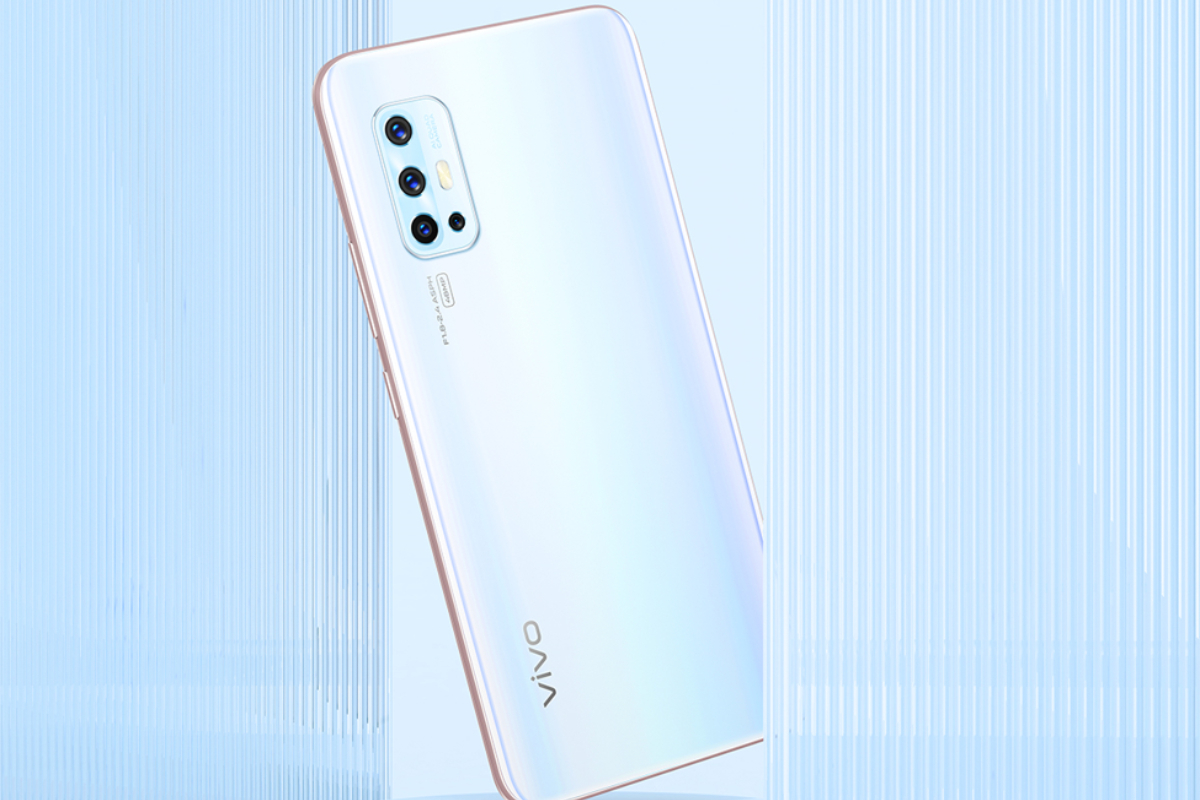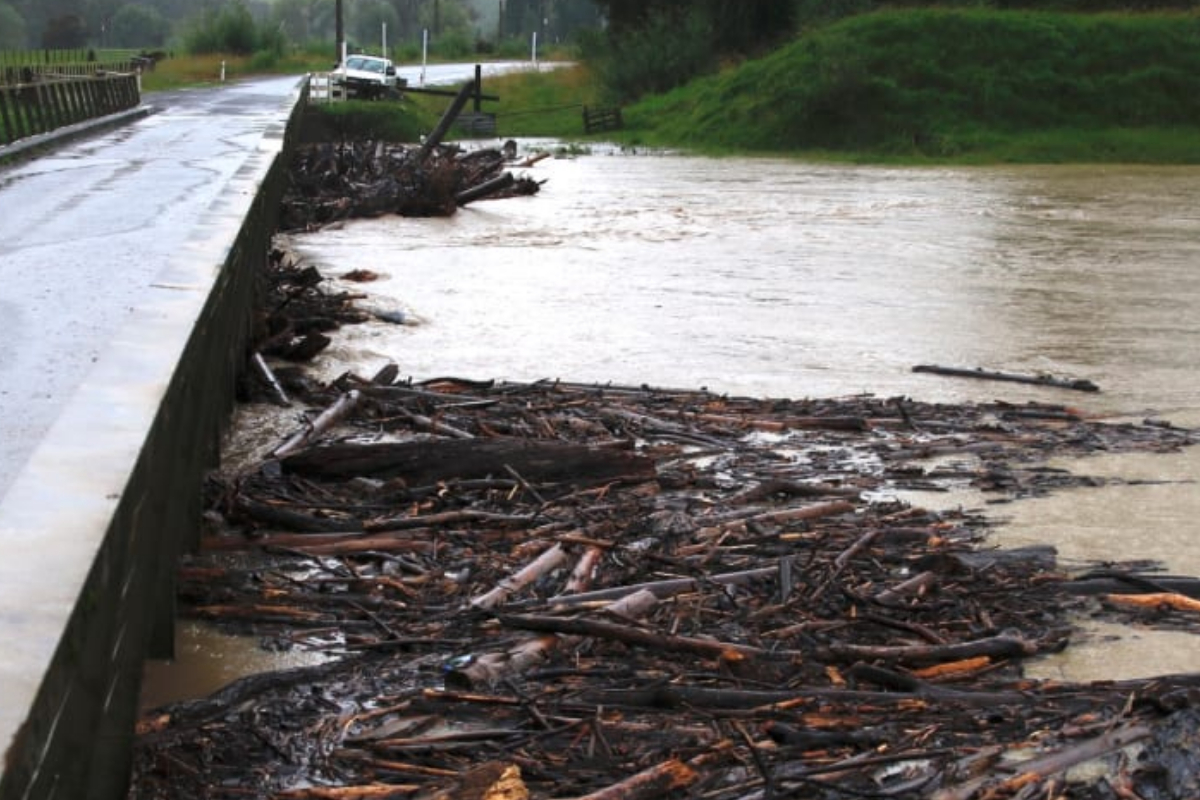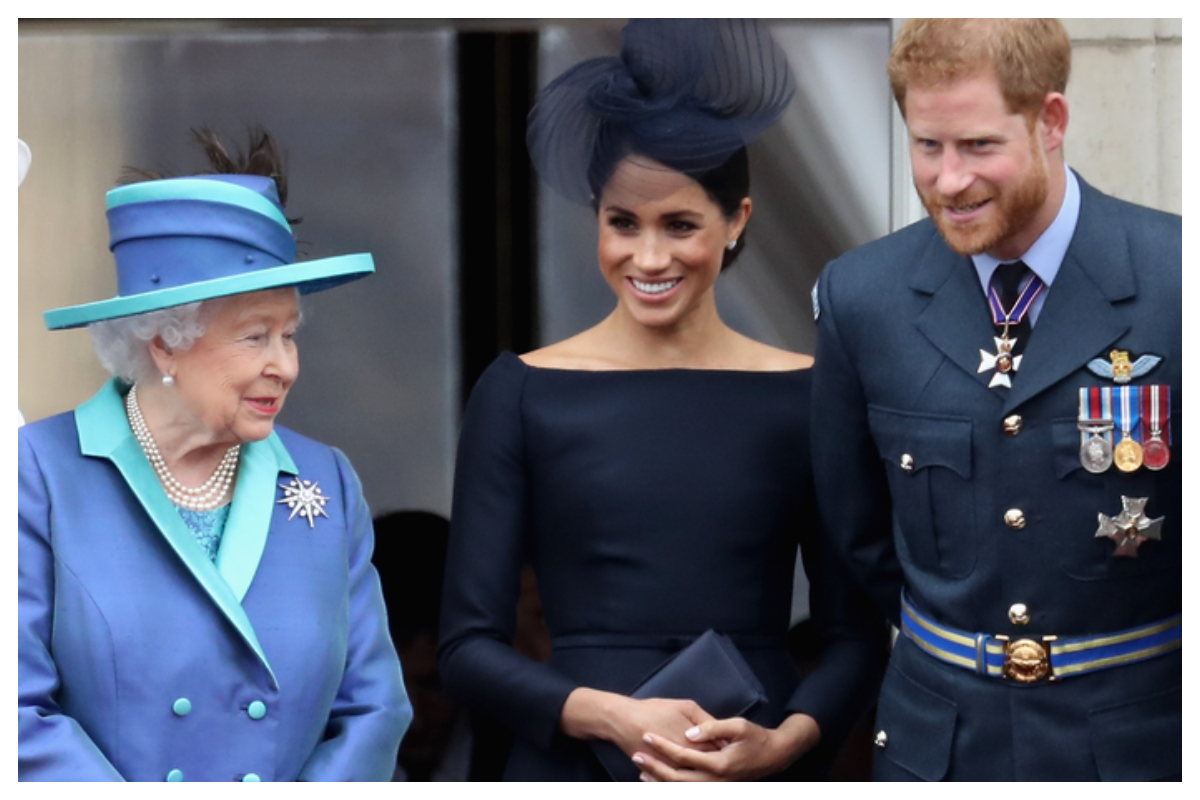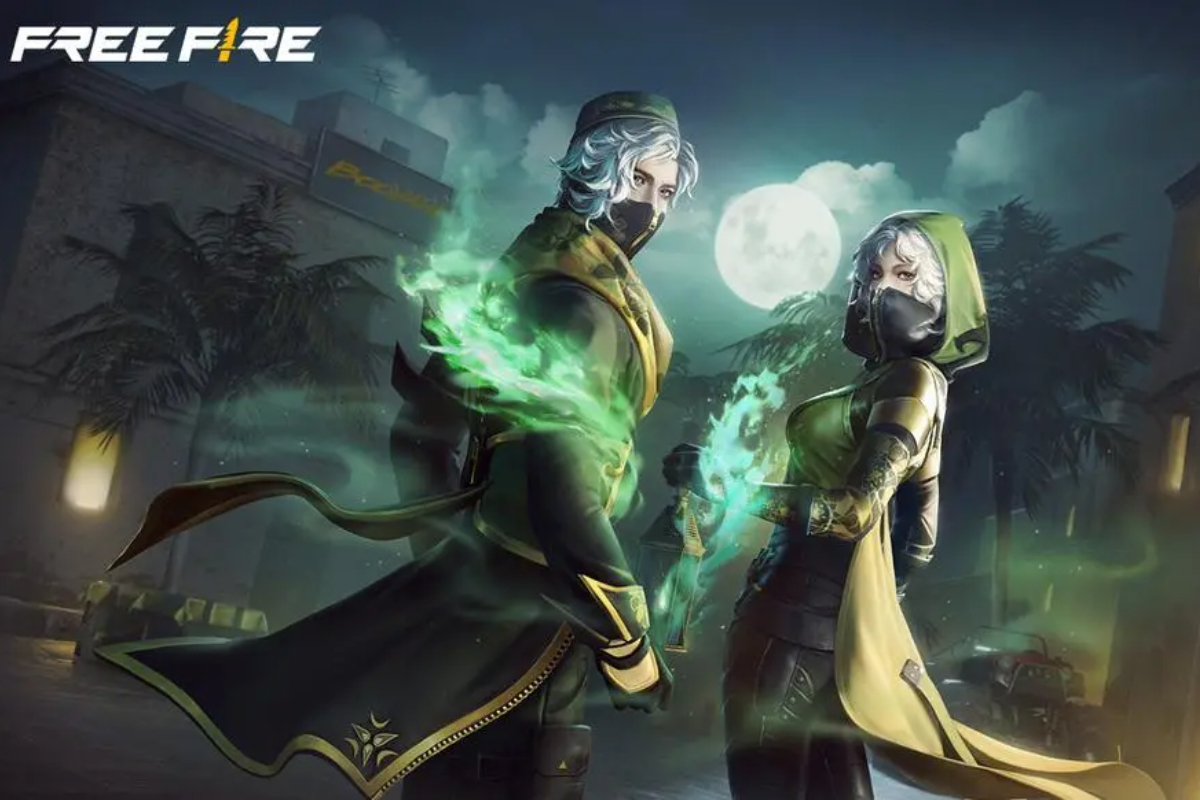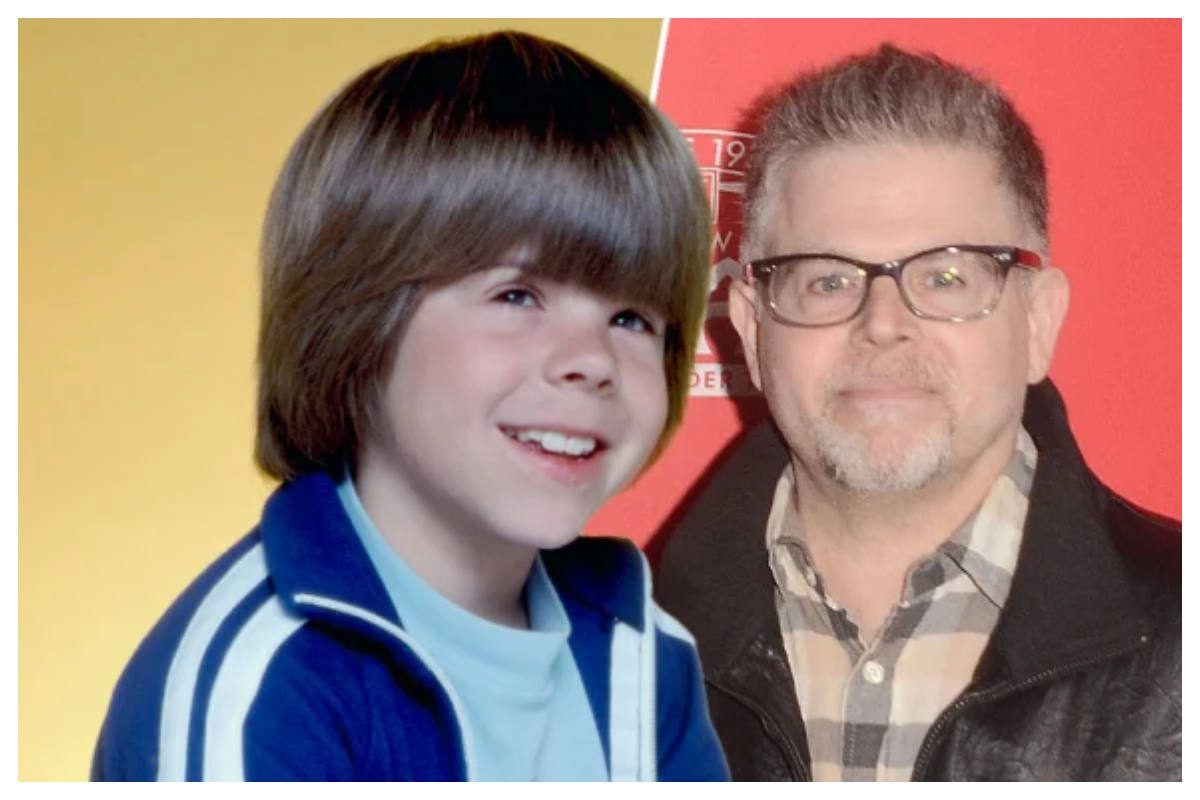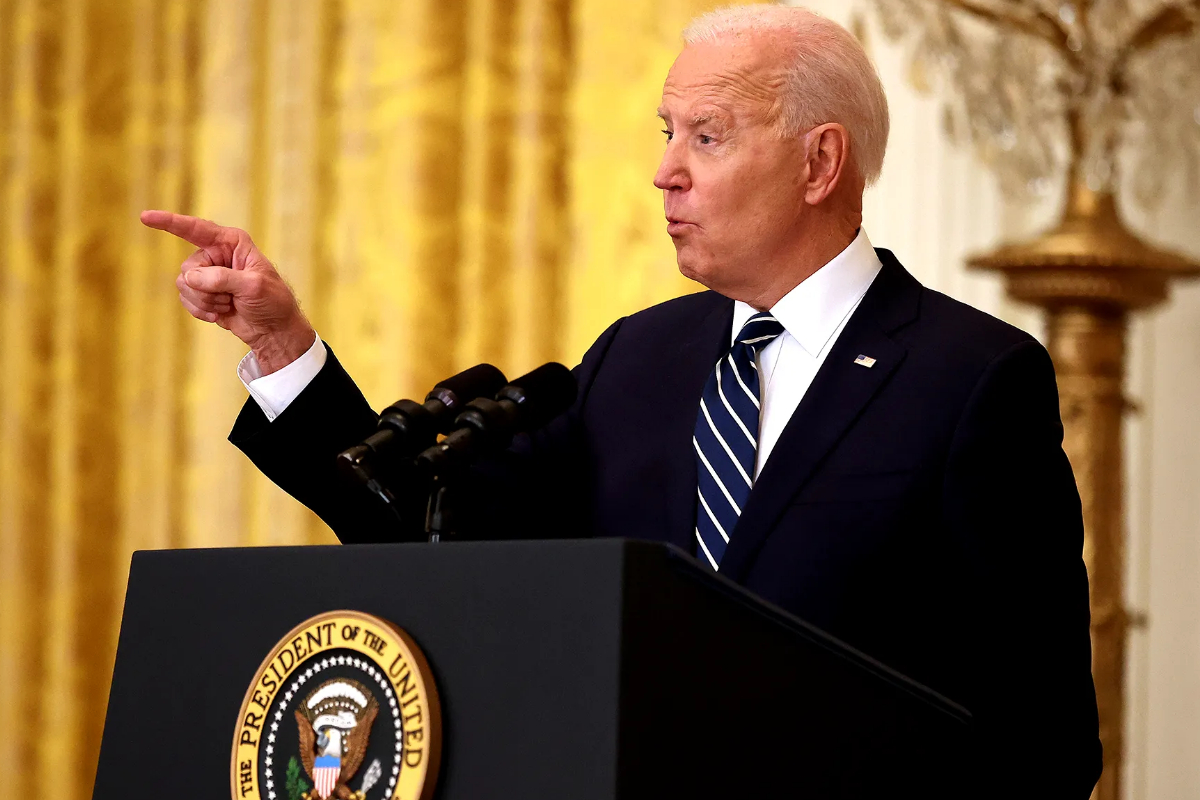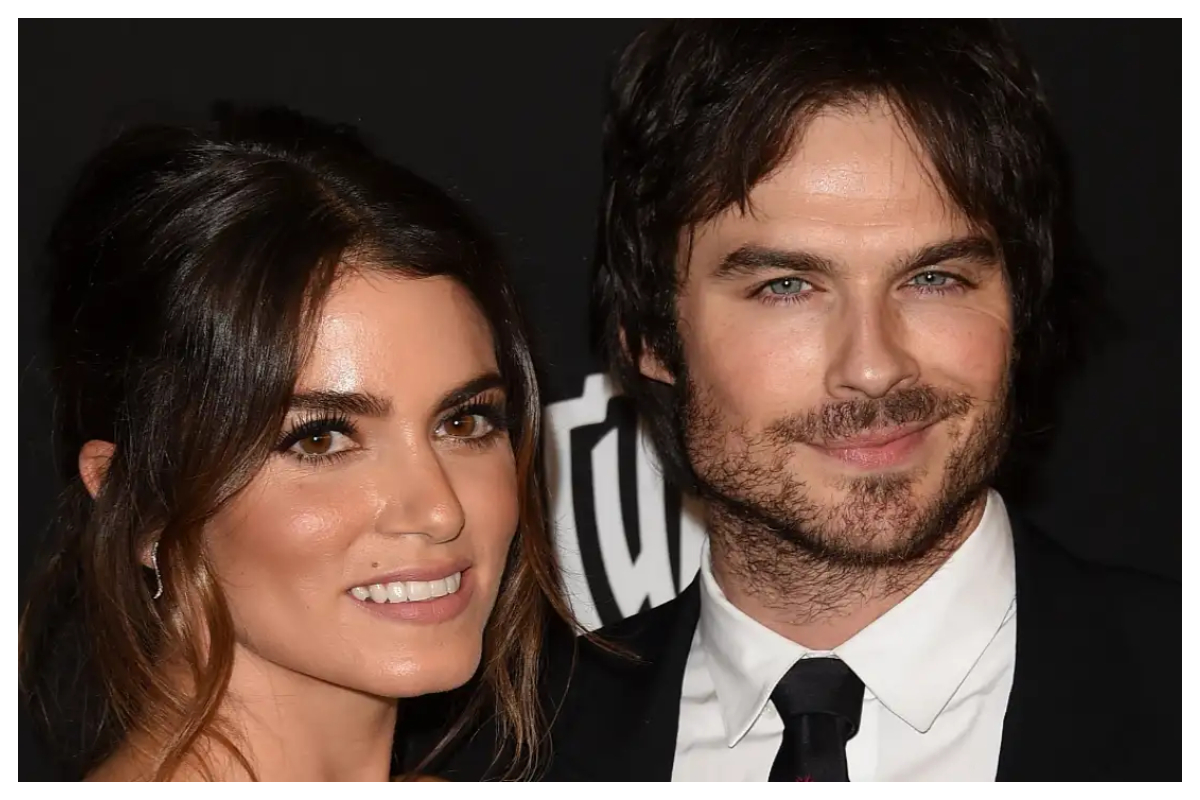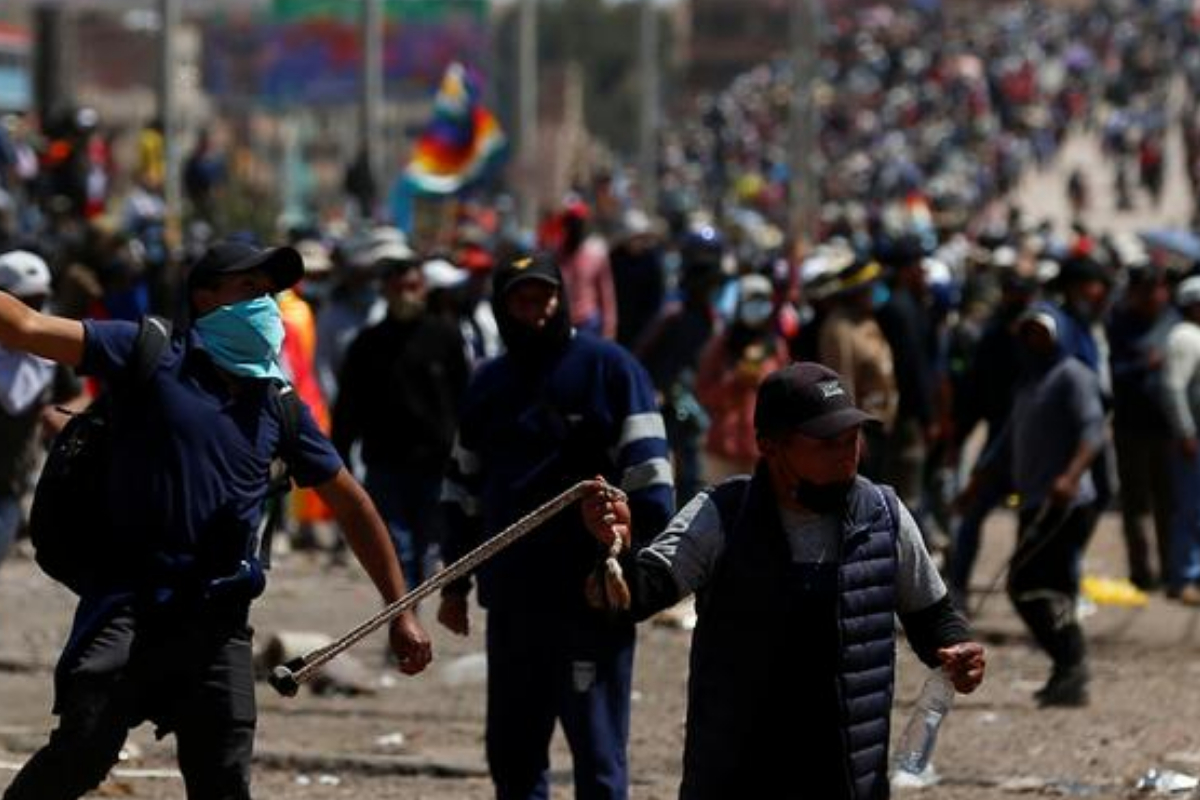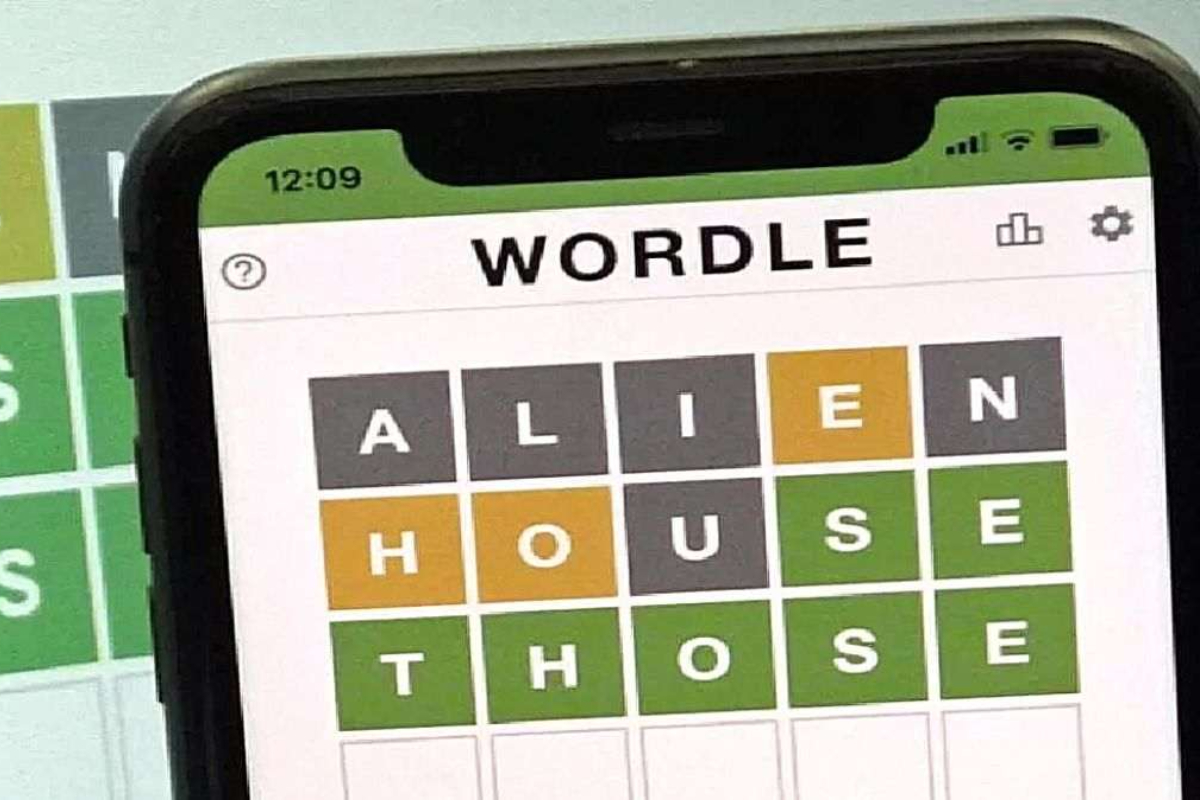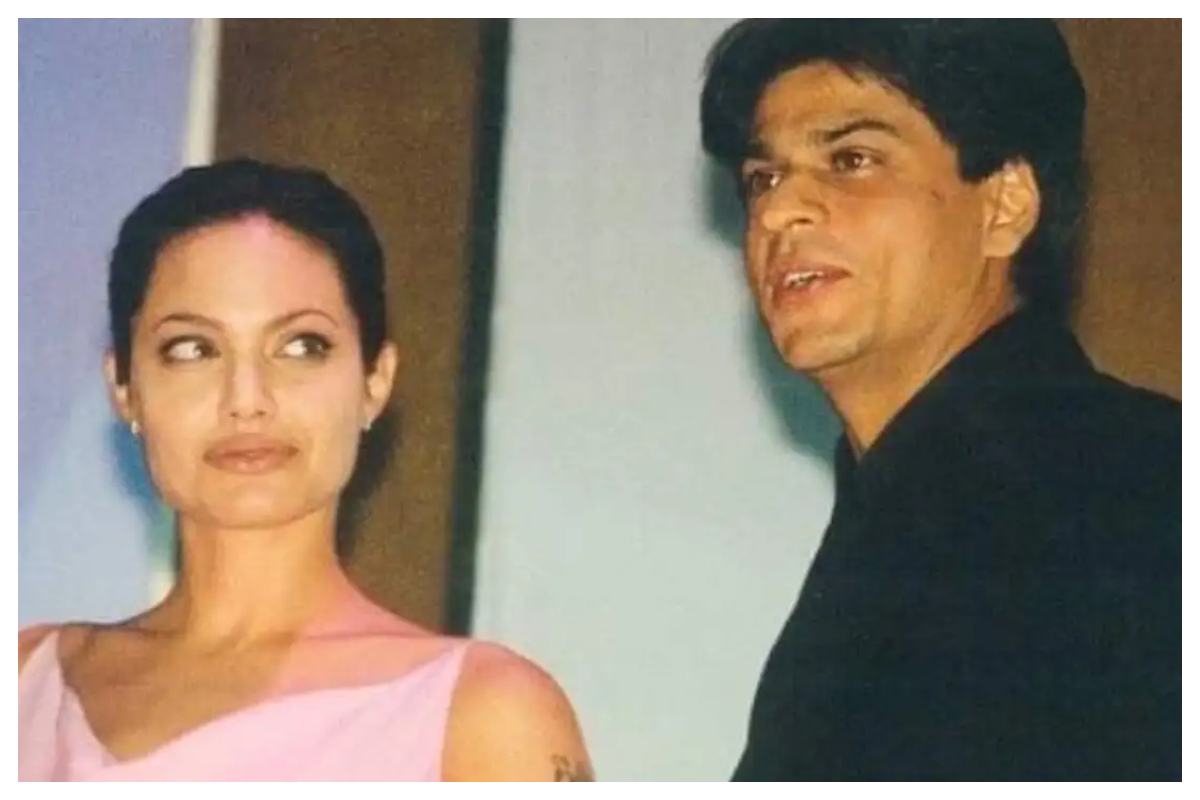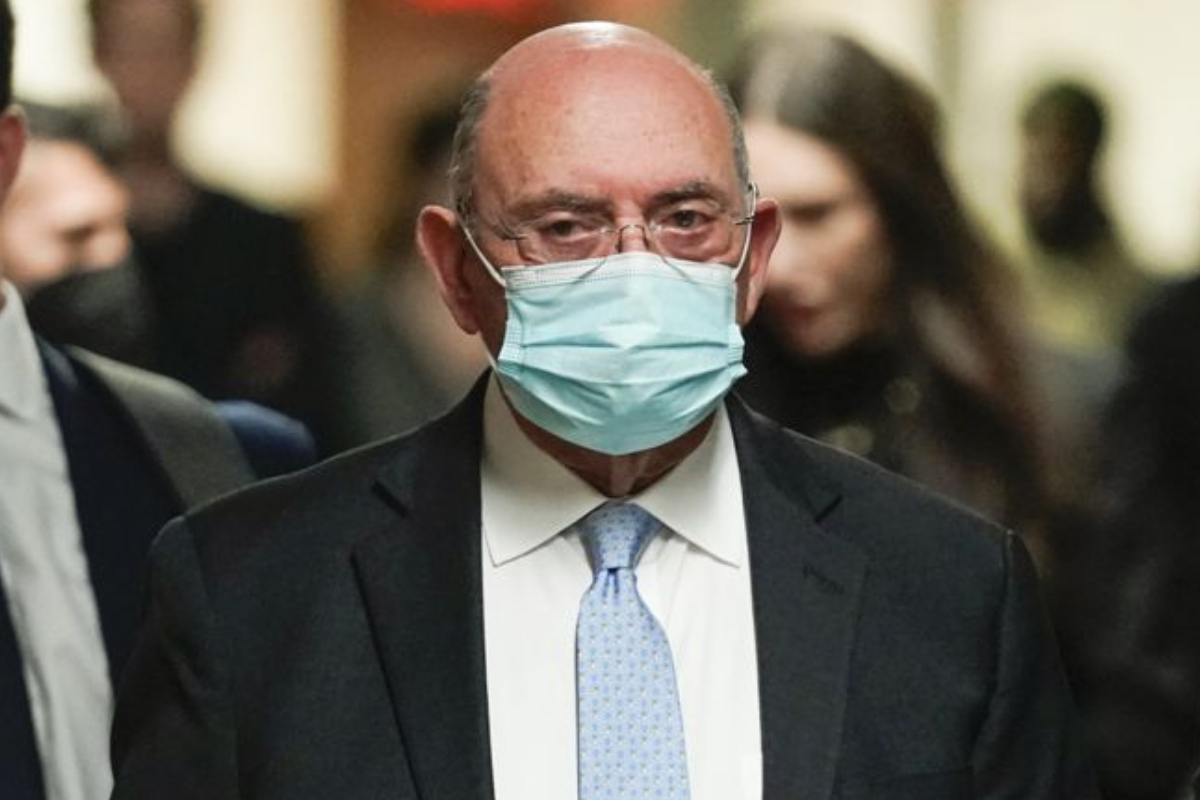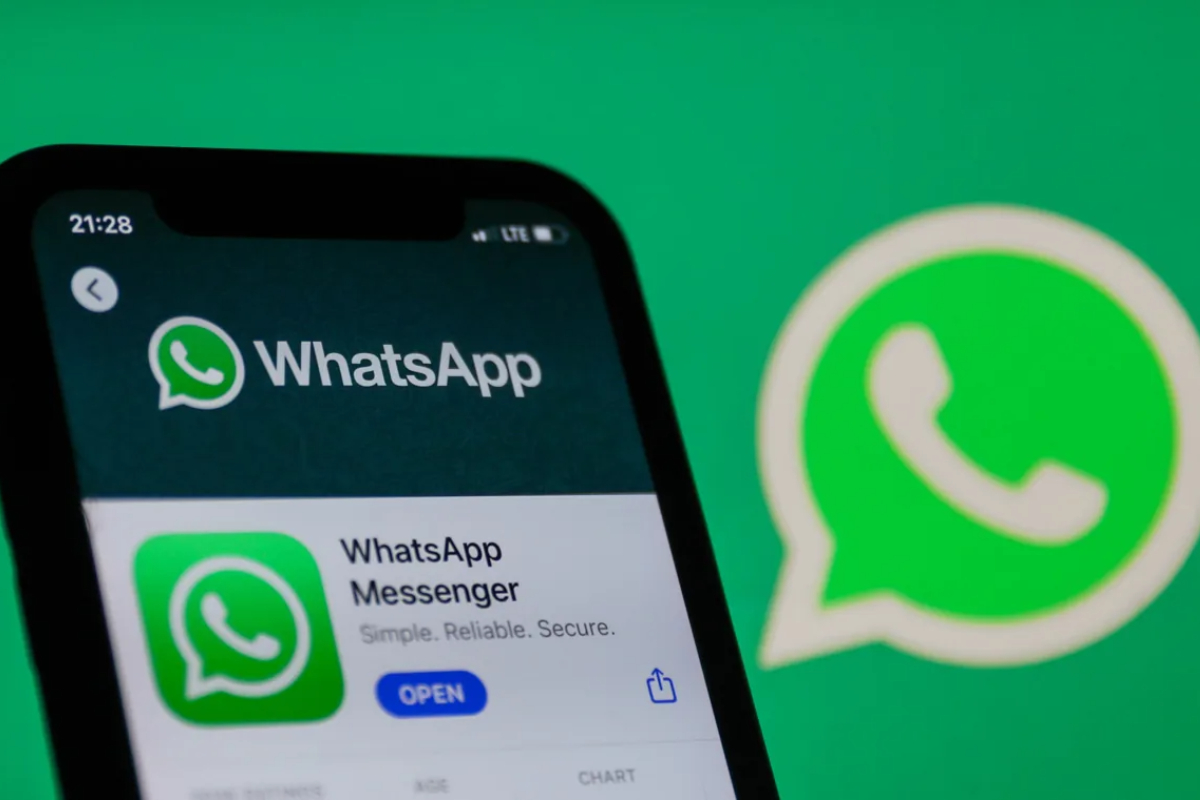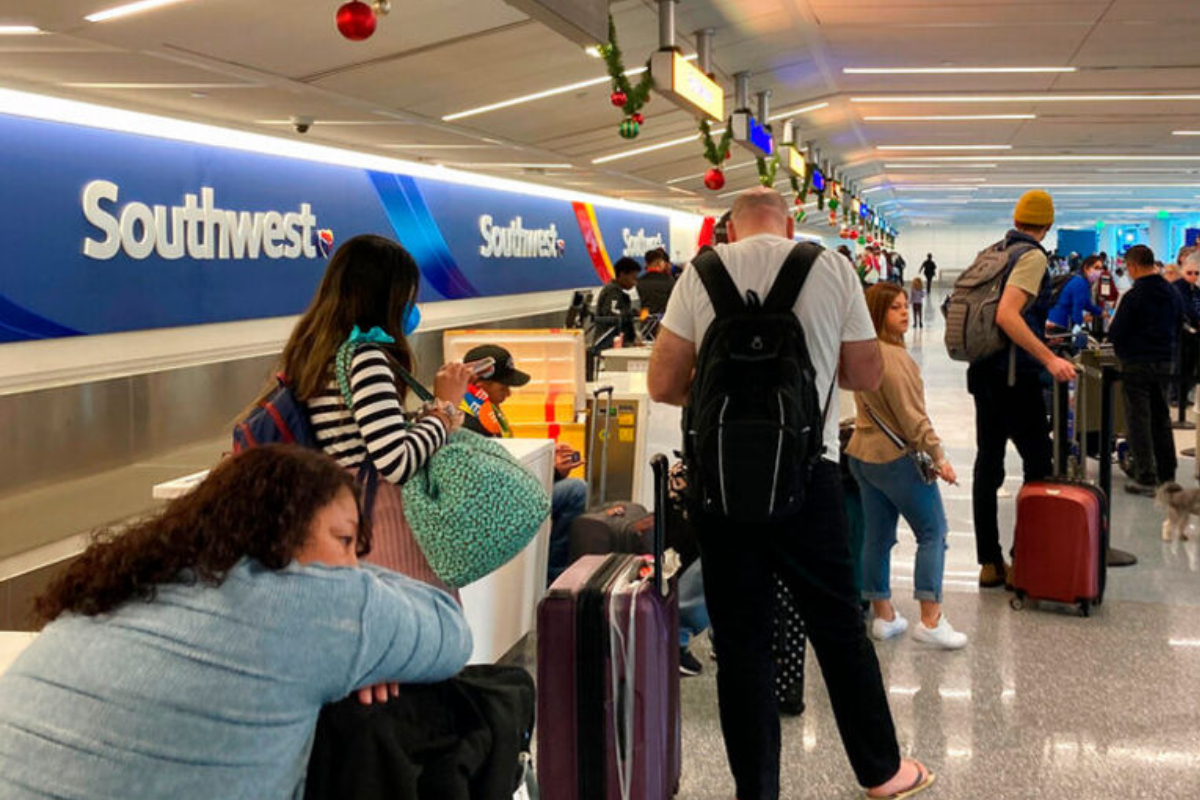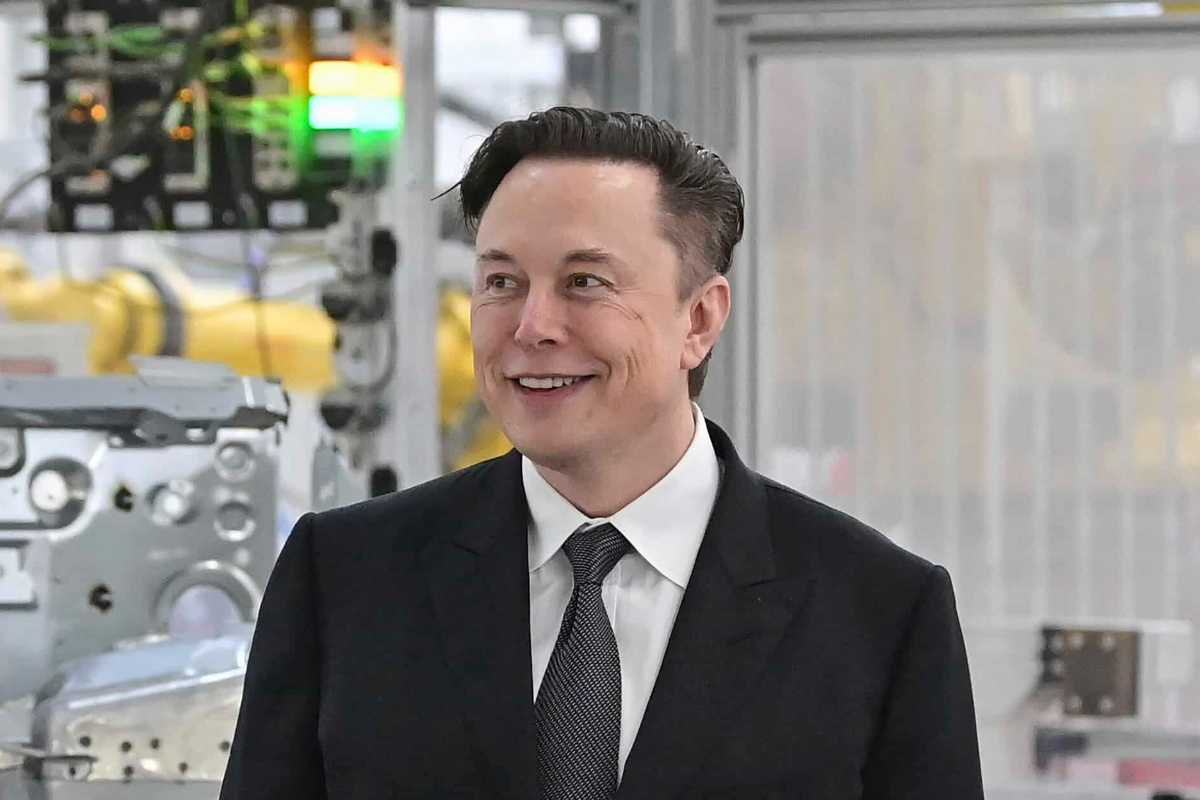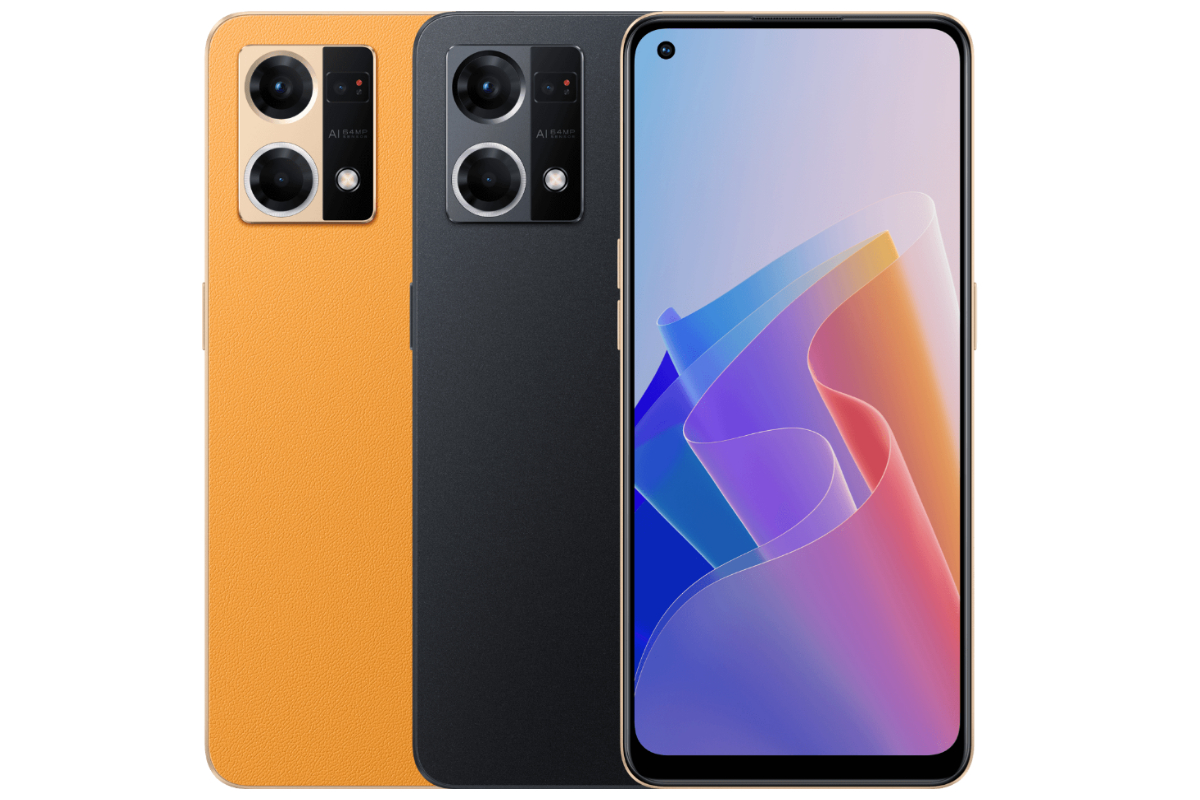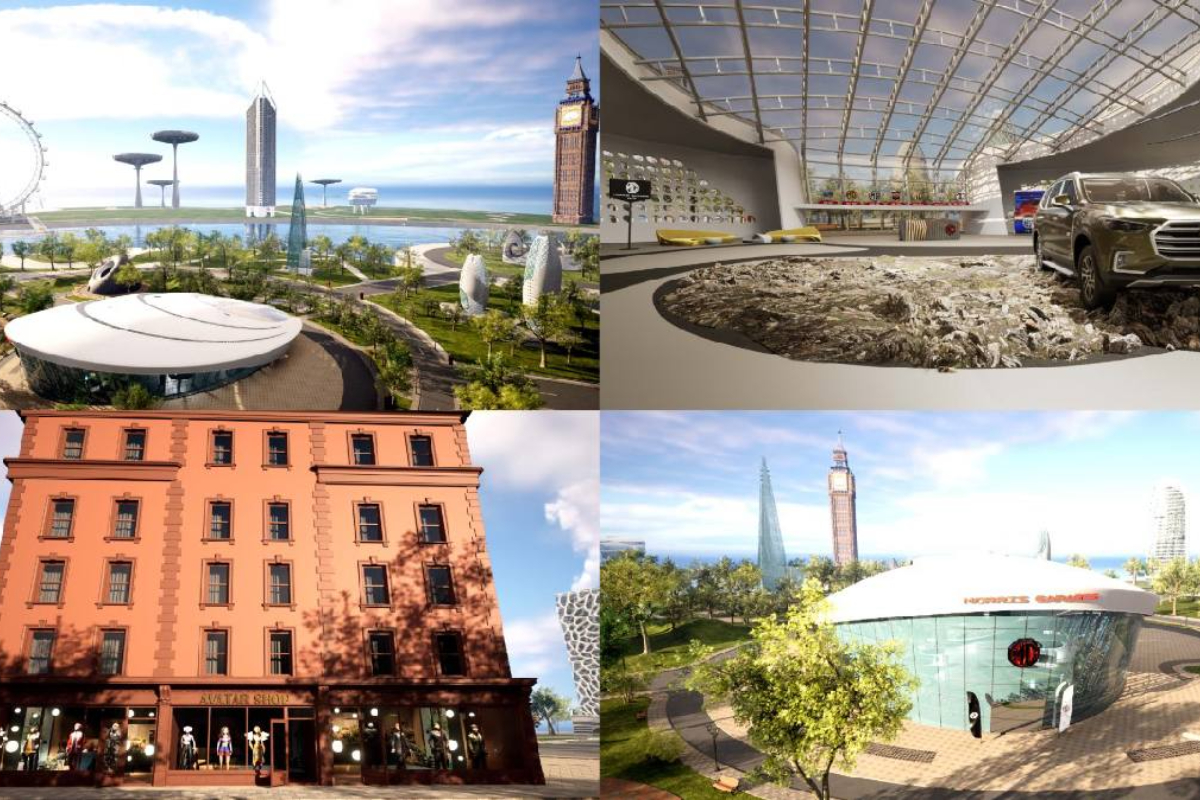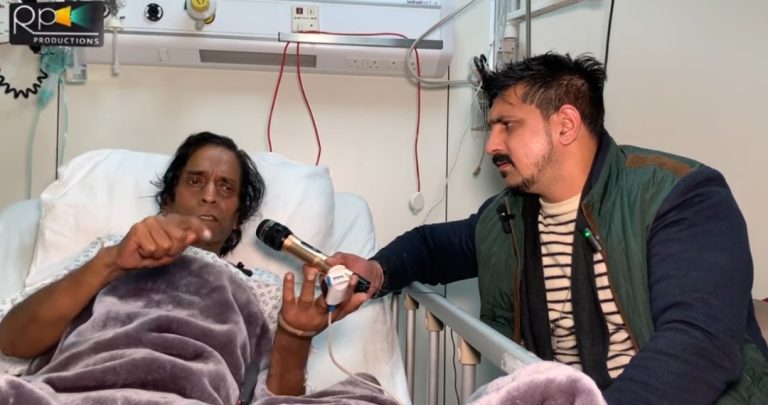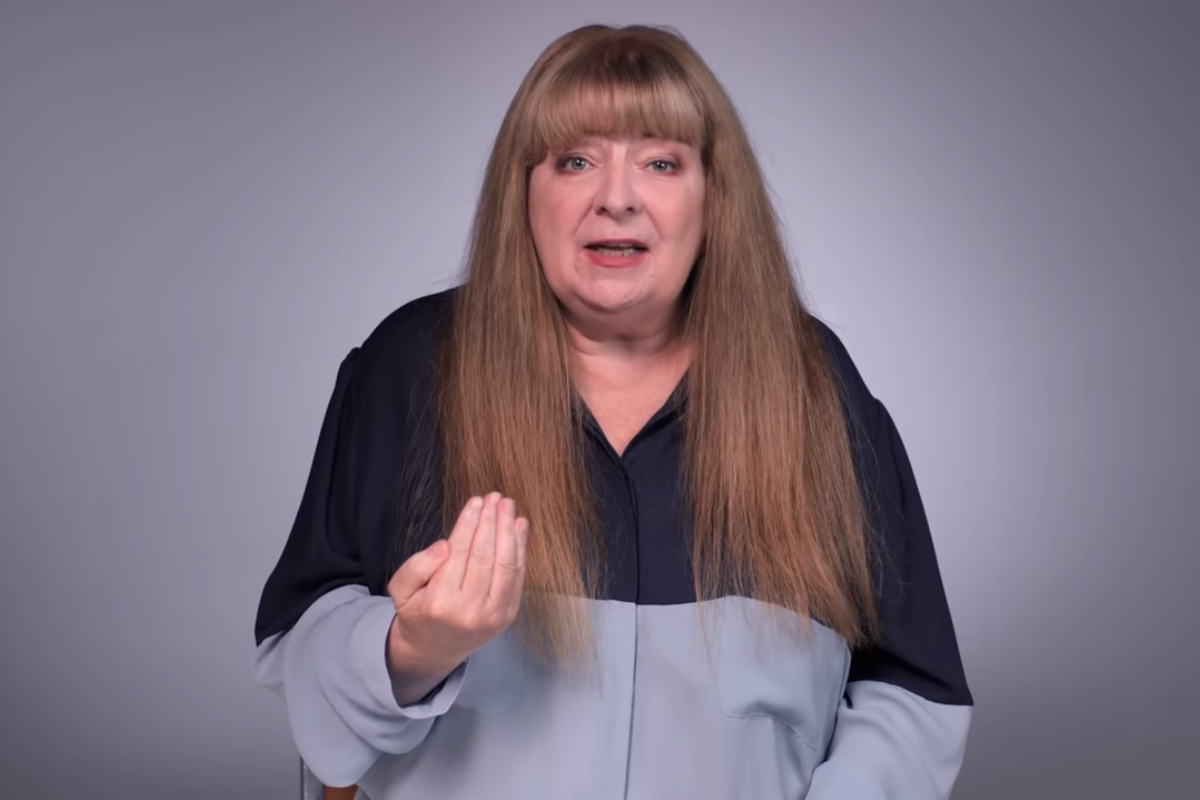- Tesla has been conducting “Full Self-Driving” beta tests since 2021.
- 14 Teslas have collided with emergency vehicles while using the Autopilot driver assistance.
- Tesla’s partially automated systems have been under investigation by NHTSA.
Elon Musk tweet regarding Disabling Driver Monitoring, US safety officials have taken notice of a tweet “Full Self-Driving” system turns off an alarm that prompts them to maintain their hands on the wheel.
According to the National Highway Traffic Safety Administration, Tesla was questioned about the tweet. The incident is now a part of a larger investigation into at least 14 Teslas that have collided with emergency vehicles while using the Autopilot driver assistance technology, the government stated last week.
Tesla has been conducting “Full Self-Driving” beta tests since 2021 with users who haven’t received any formal training but are nevertheless closely supervised by the business. Earlier this year, Tesla said that 160,000 vehicles, or around 15% of the Teslas currently on US roads, were taking part. Later in 2022, the programme was supposed to be distributed more widely.
Tesla still states on its website that the cars cannot drive themselves, despite the moniker. Although Teslas equipped with “Full Self-Driving” can frequently drive alone, experts warn that the technology is not error-free. CEO Musk stated in October, “We’re not saying it’s quite ready to have no one behind the wheel.”
On New Year’s Eve, one of Musk’s most ardent fans posted on Twitter that drivers with more than 10,000 miles of “Full Self-Driving” testing should have the option to turn off the “steering wheel nag,” an alert that tells drivers to keep hands on the wheel.
Musk replied: “Agreed, update coming in January”
It’s not clear from the tweets exactly what Tesla will do. But disabling a driver monitoring system on any vehicle that automates speed and steering would pose a danger to other drivers on the road, said Jake Fisher, senior director of auto testing for Consumer Reports.
“Using FSD beta, you’re kind of part of an experiment,” Fisher said. “The problem is the other road users adjacent to you haven’t signed up to be part of that experiment.”
Tesla didn’t respond to a message seeking comment about the tweet or its driver monitoring.
Auto safety advocates and government investigators have long criticized Tesla’s monitoring system as inadequate. Three years ago the National Transportation Safety Board listed poor monitoring as a contributing factor in a 2018 fatal Tesla crash in California. The board recommended a better system, but said Tesla has not responded.
Tesla’s system measures torque on the steering wheel to try to ensure that drivers are paying attention. Many Teslas have cameras that monitor a driver’s gaze. But Fisher says those cameras aren’t infrared like those of some competitors’ driver assistance systems, so they can’t see at night or if a driver is wearing sunglasses.
Philip Koopman, a professor of electrical and computer engineering at Carnegie Mellon University, argued that Tesla is contradicting itself in a way that could confuse drivers. “They’re trying to make customers happy by taking their hands off the wheel, even while the (owners) manual says ‘don’t do that.’ ”
[embedpost slug=”glass-onion-fans-perceive-knives-out-as-a-jab-at-elon-musk/”]

